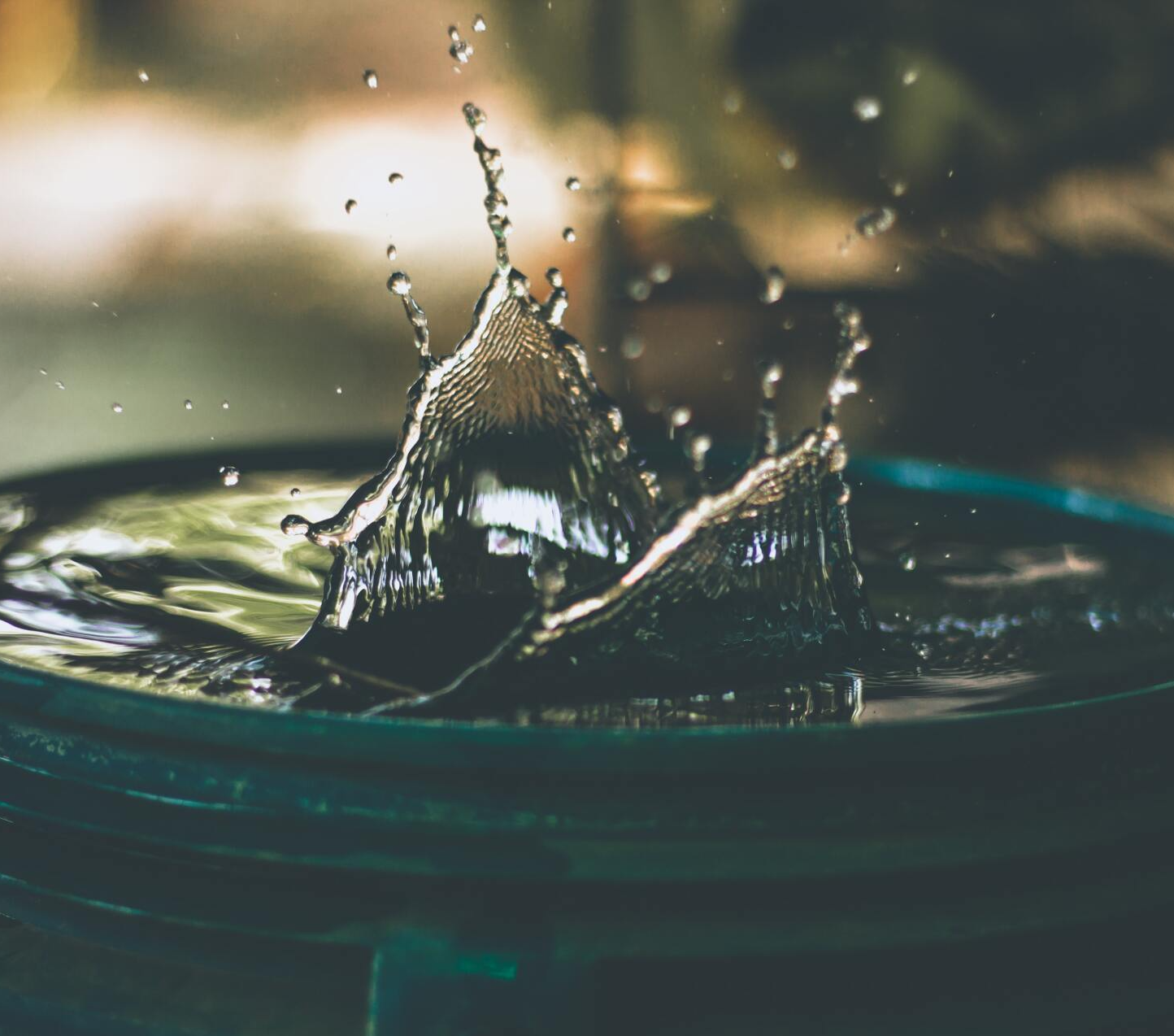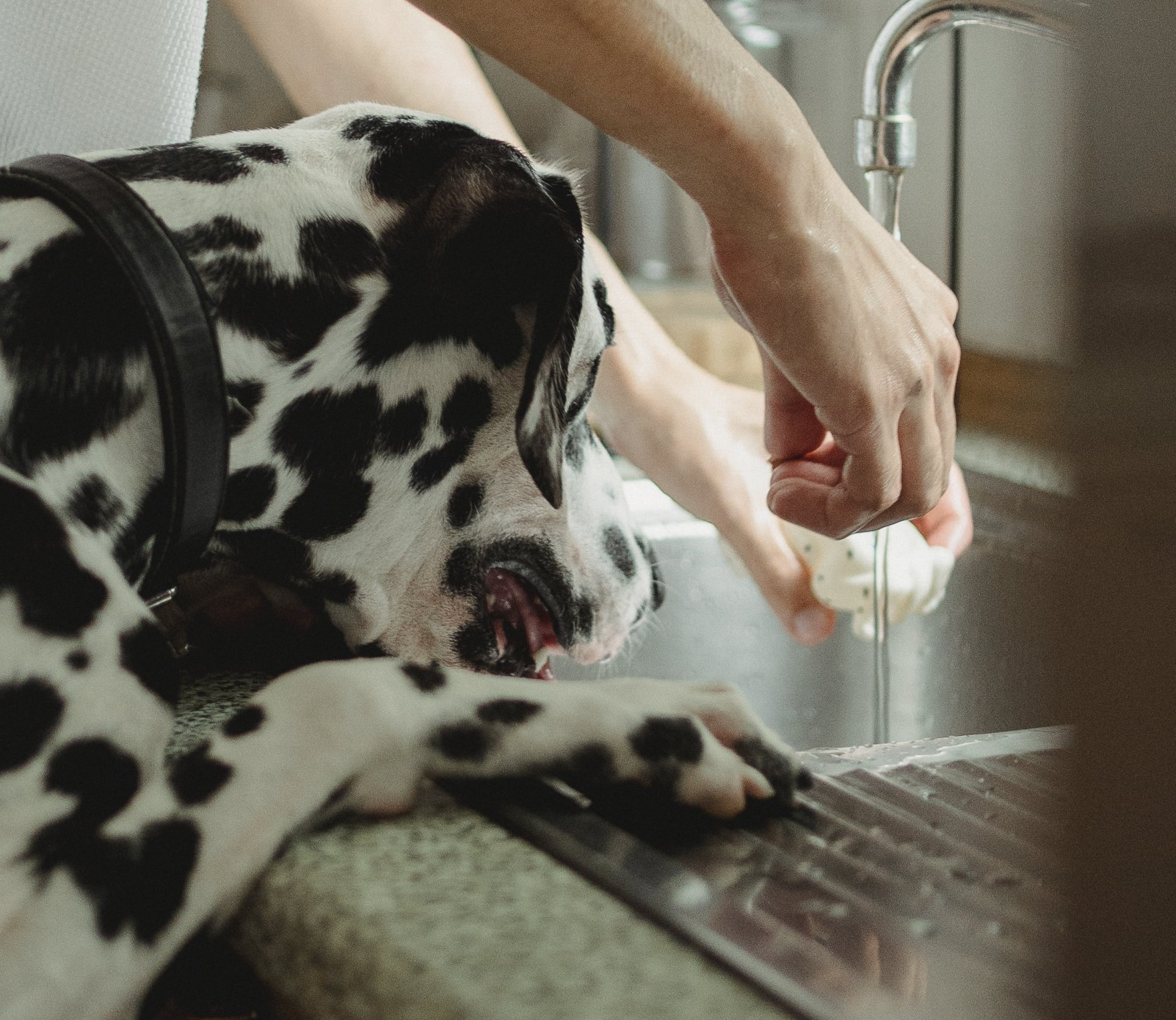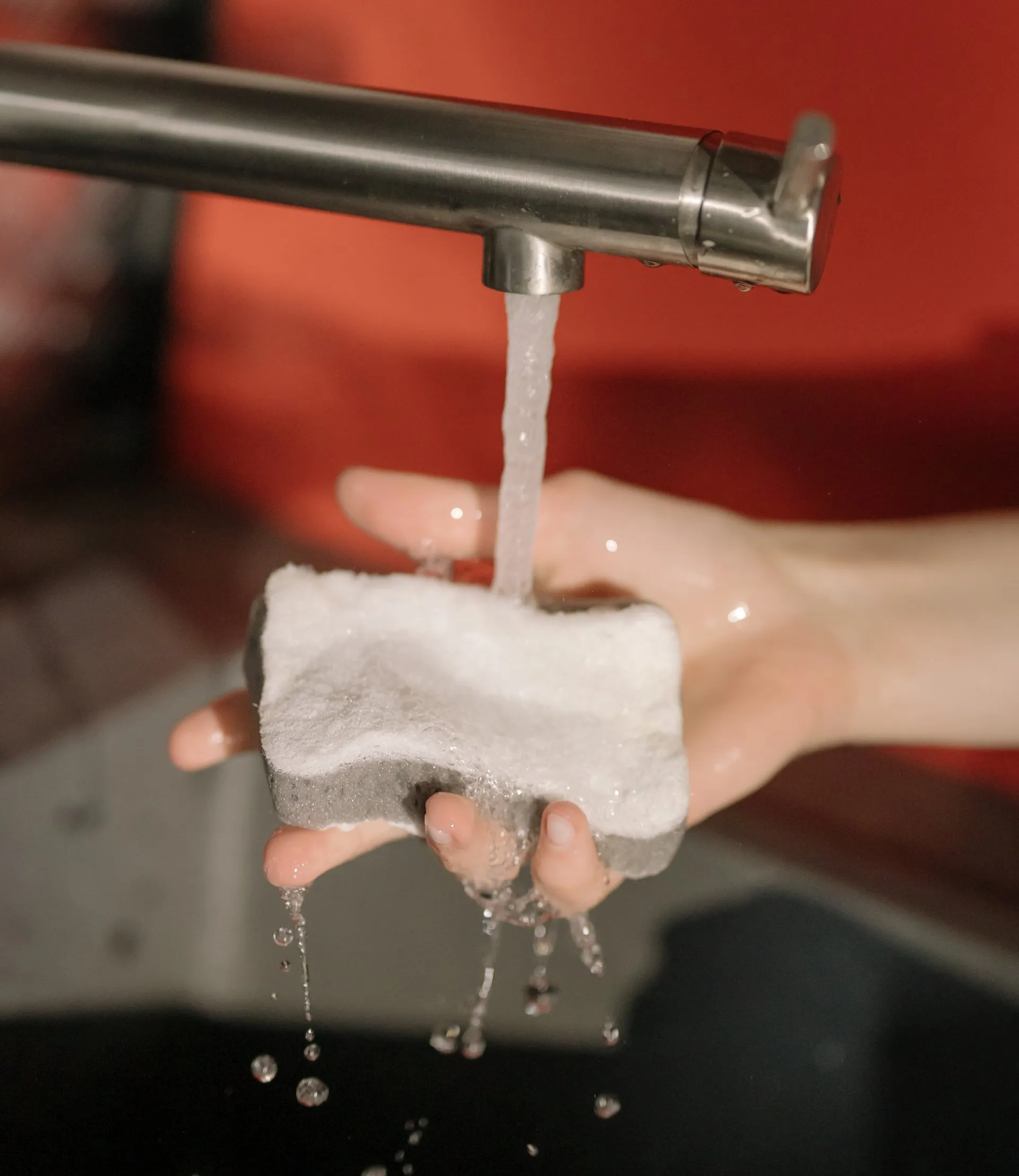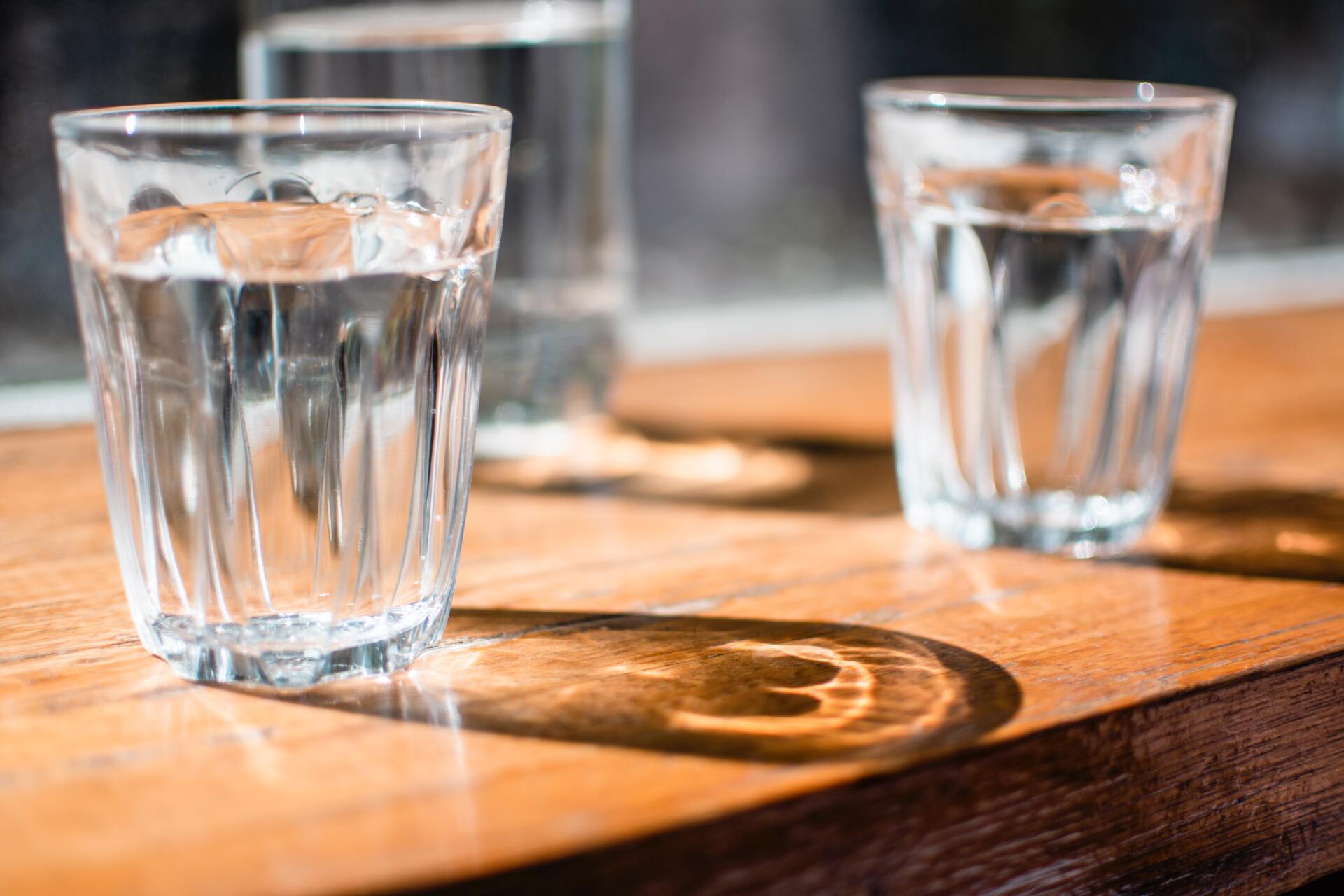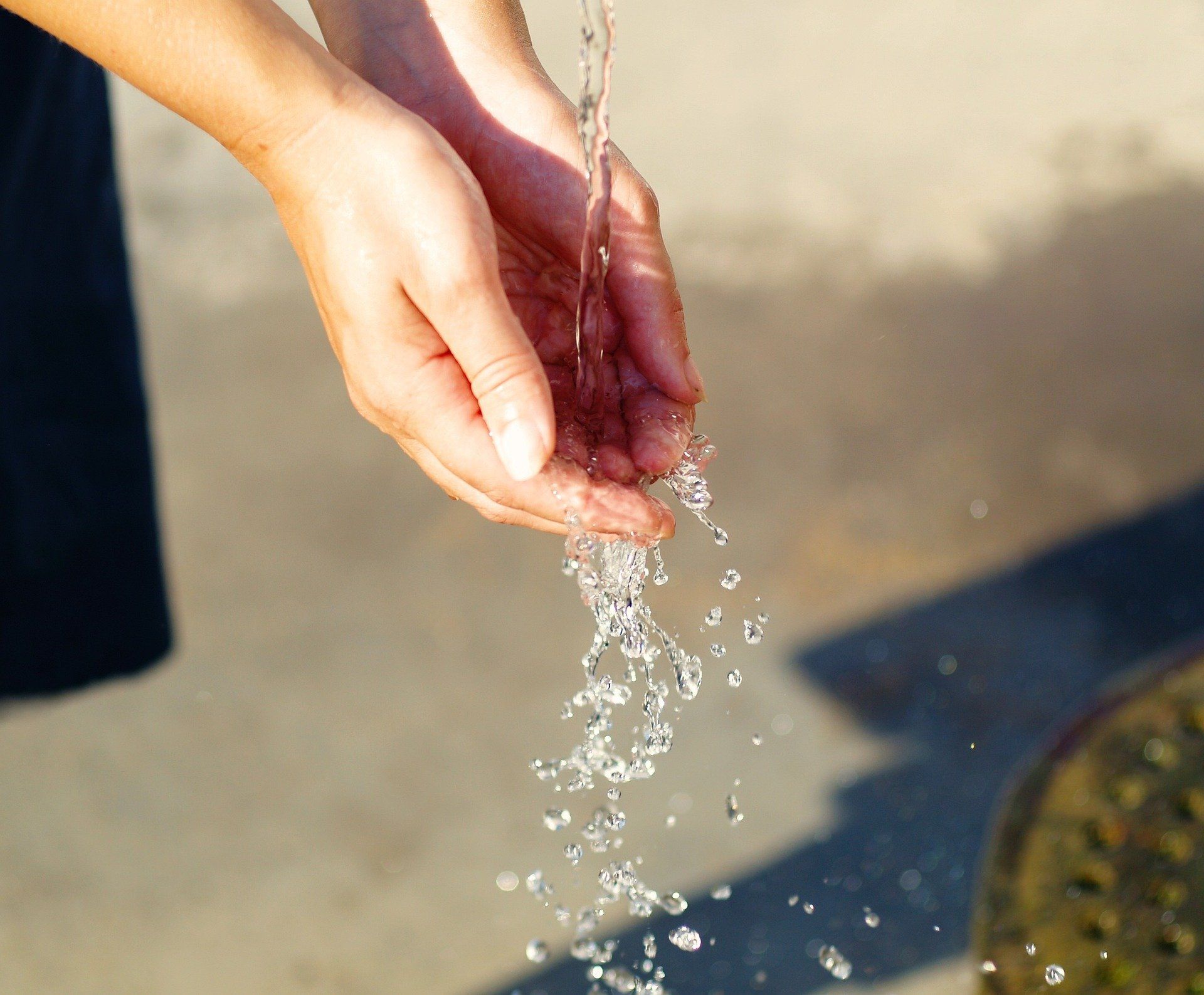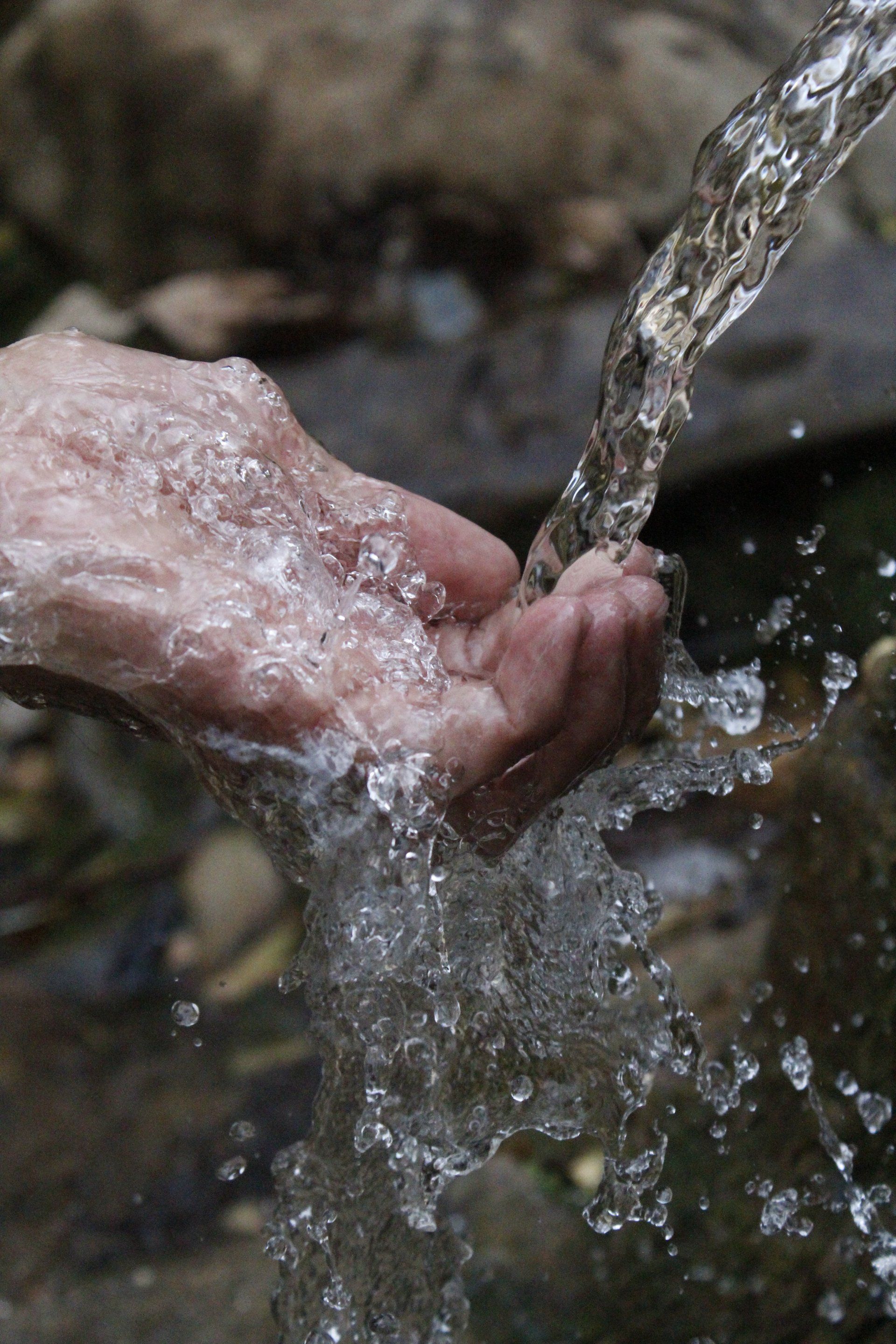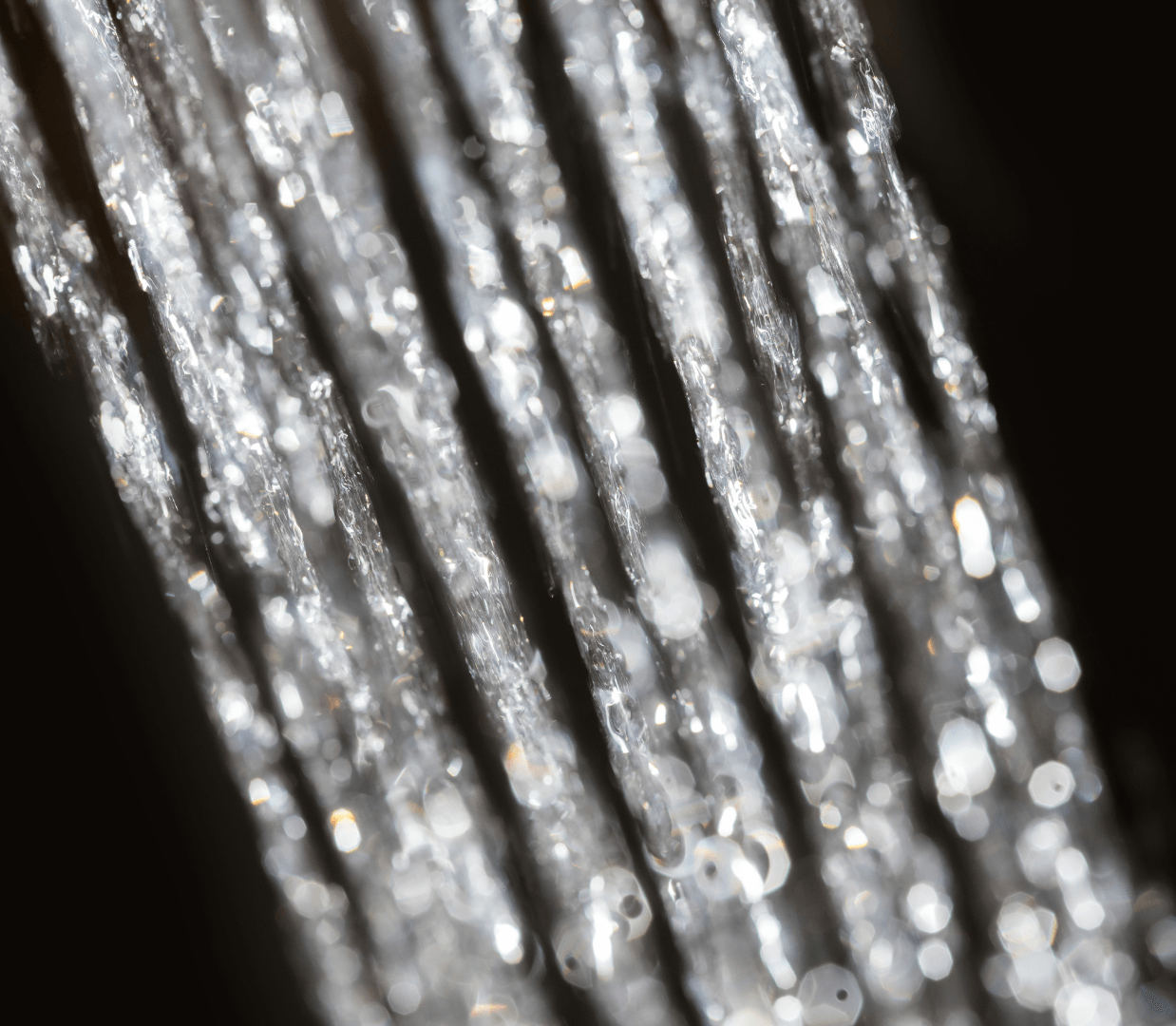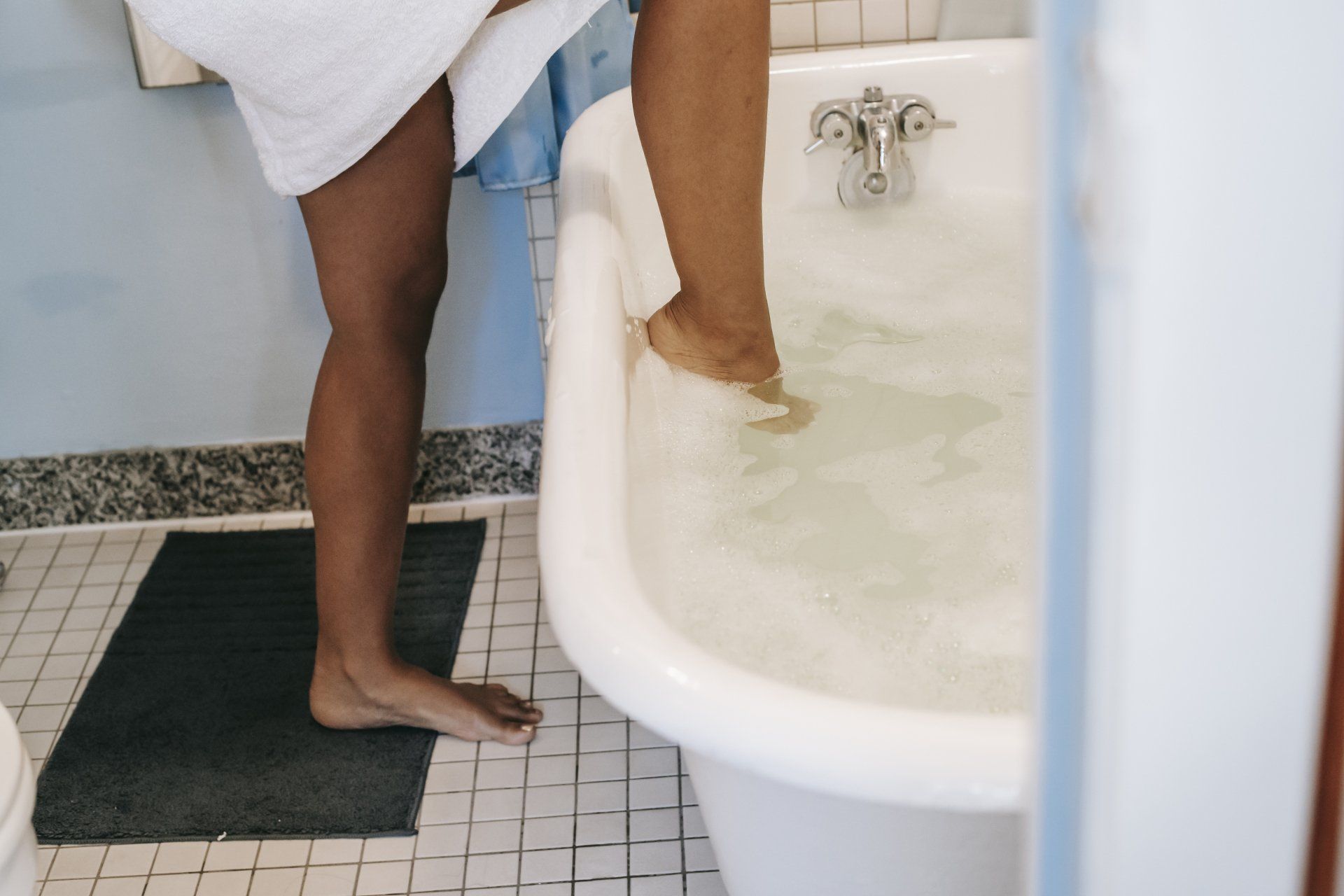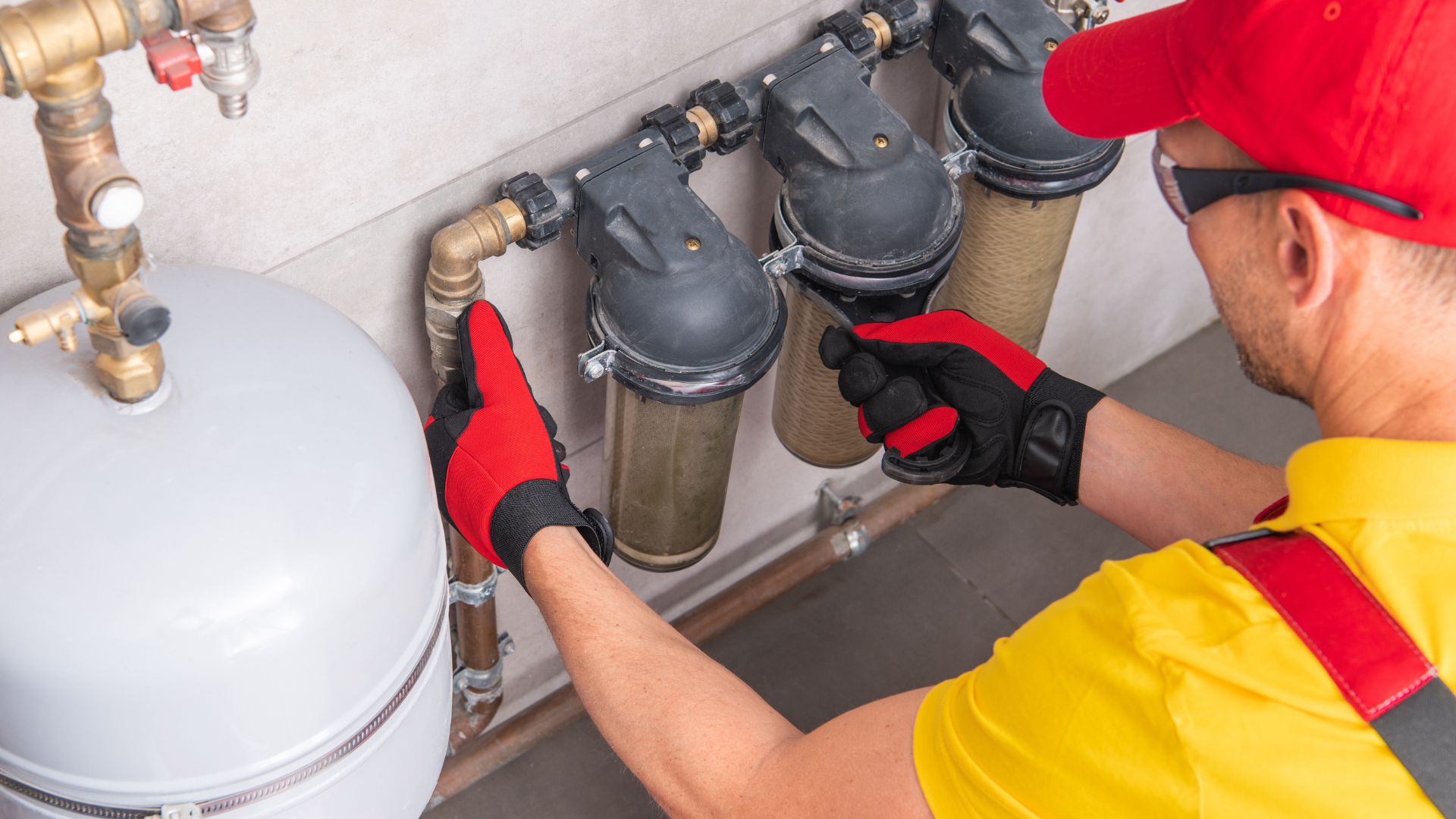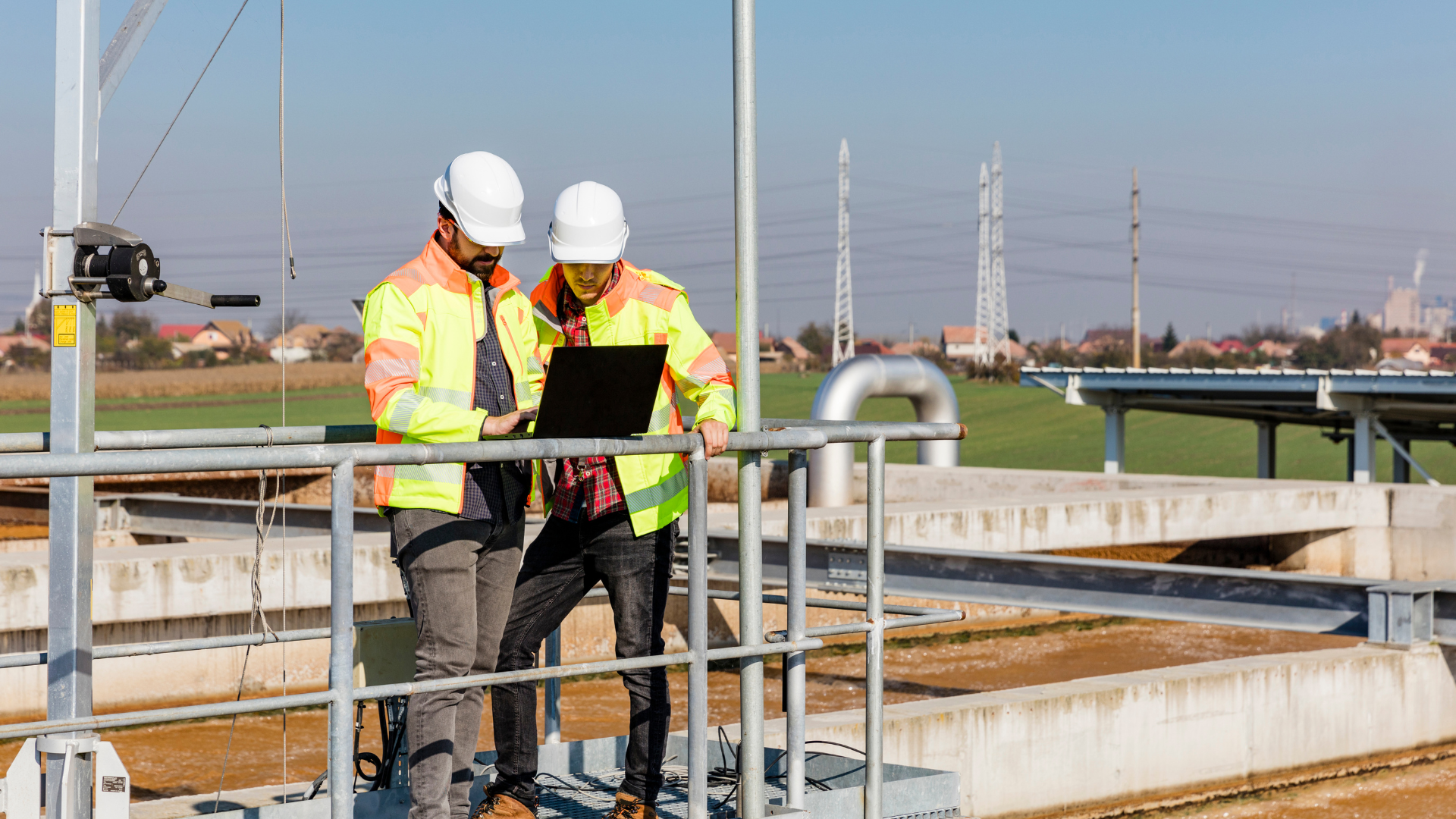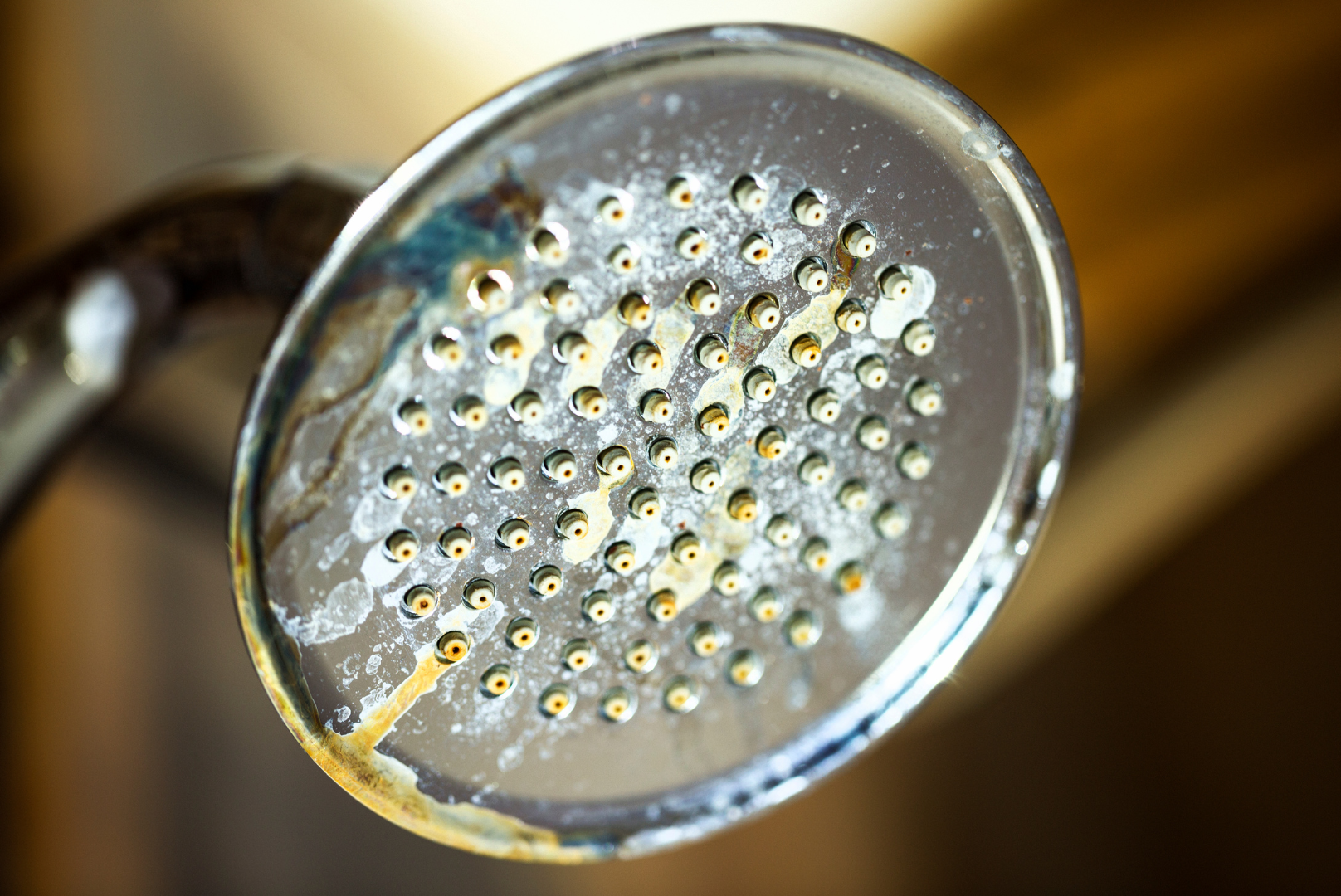What Is Acidic Water?
The destructiveness of acidic water
Acidic water? As if there weren’t enough things to fret about when it comes to water safety! Jokes aside, if you draw your water from a well or have old plumbing in your home, it might be in your best interest to learn more about water pH and particularly the dangers associated with acidic water in general. Acidic water is not only destructive to your plumbing, it can also present a severe health hazard to you and your family.
So what is acidic water, and what can be done about it? In the interest of keeping you well-informed, we’ve prepared some information with you so that you aren’t left in the dark about the dangers of acidic water.

What is acidic water?
To answer this question we need to talk first about pH. pH is the measure of how acidic or basic any given substance is. The pH scale goes from 0 to 14, with 7 being neutral. Any pH level lower than seven is considered acidic, and anything above is considered basic, or alkaline. The acidity or alkalinity of a substance is determined by the
amount of hydrogen or hydroxyl ions present. More hydrogen ions indicate acidity, whereas more hydroxyl ions indicate alkalinity. For reference, pure water has a pH of around 7 (neutral) while lemons have a pH of around 2 indicating acidity. Each whole number increase or decrease represents a tenfold change. Milk, for example, has a pH level of 6, meaning that it is ten times more acidic than water. Water acidity and alkalinity influences the way that matter dissolves into it. Hard water, for example, is usually more alkaline, as calcium and magnesium are affected by hydroxyl ions.

How prevalent is acidic water?
According to the CDC, roughly 50% of the water used in households in America comes from shallow water sources which are more likely to be acidic. Local municipal water is always treated for acidity, so it is much more prevalent in homes that draw well water. Houses in rural areas closer to agriculture and heavy industries such as mining or manufacturing are more likely to have acidic water. East coast residents are more likely to have acidic water due to acid rain, so if you are thinking of collecting rainwater for drinking, you might want to think again.
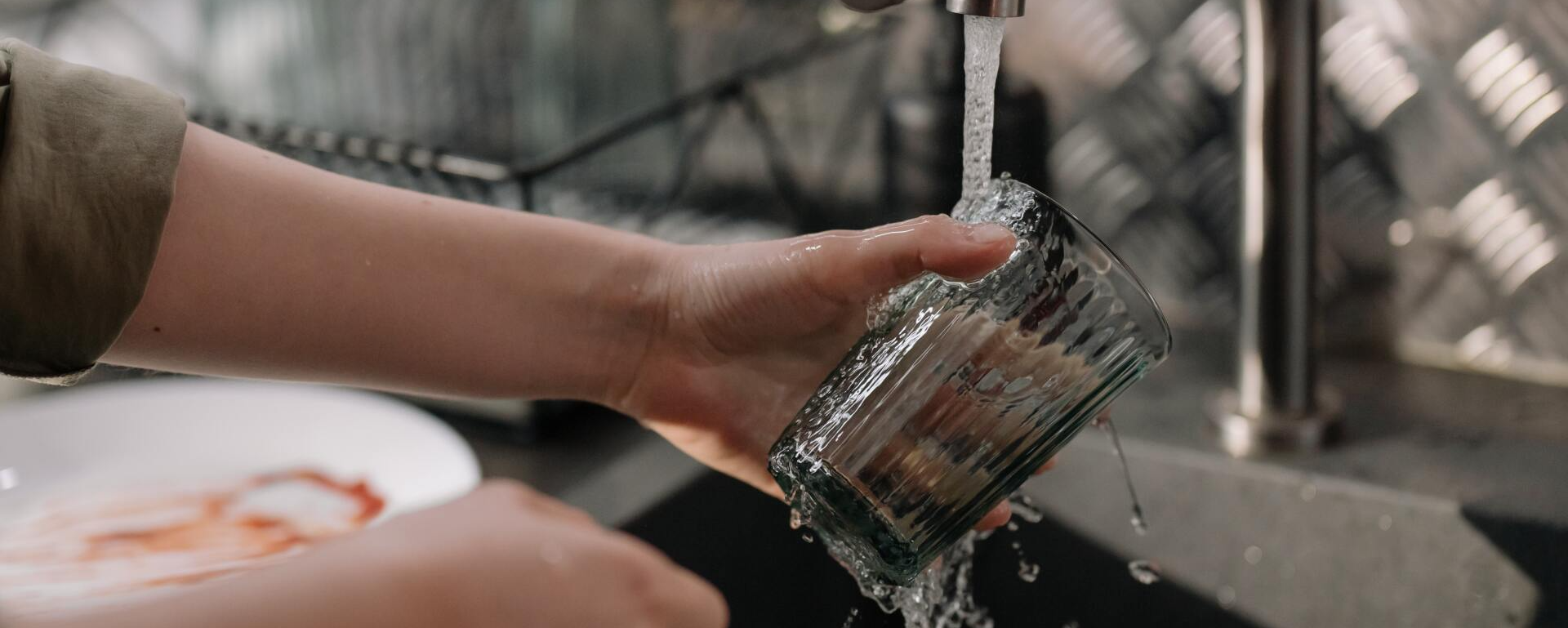
Is acidic water dangerous?
In short, yes, acidic water is dangerous. Safe levels for drinking water are considered to have a
pH of around 6.5 to 8.5. Slightly more alkaline water is not necessarily unsafe, it may just taste bitter. Acidic water on the other hand, presents a very real hazard to humans as it
dissolves heavy metals in piping that are extremely toxic. Drinking acidic water has also been linked to
tooth decay and bone density loss. Even beyond the health risks, acidic water wreaks havoc on your plumbing as it strips your pipes causing them to fail over time, and will destroy appliances that are connected to plumbing.
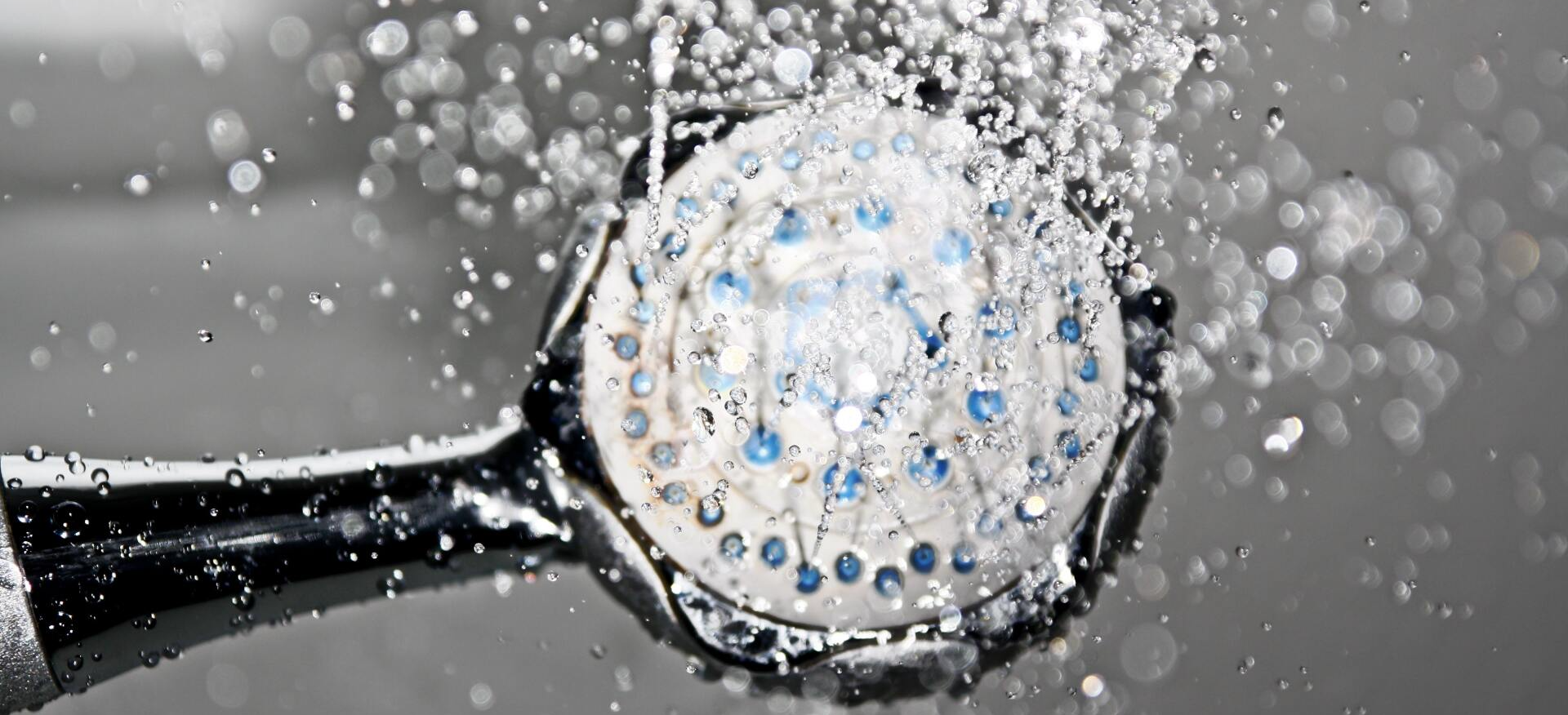
What can be done about it?
The first step should always be to regularly test the pH of your home water, especially if you use a private well. If testing reveals a pH lower than 6.5, you are going to have to seek home water treatment solutions. An inline calcite filter or preferably a Proportional pH Balancing System used in conjunction with a reverse osmosis water filtration system will correct a water acidity problem very well. Acidic water is no laughing matter, but fortunately it can be treated very effectively.
If your water’s pH is looking low to you, the time to act is now. Call us as soon as possible so that we can find a treatment plan that works for you. Acidic water is a big deal and should be addressed quickly by professionals.


